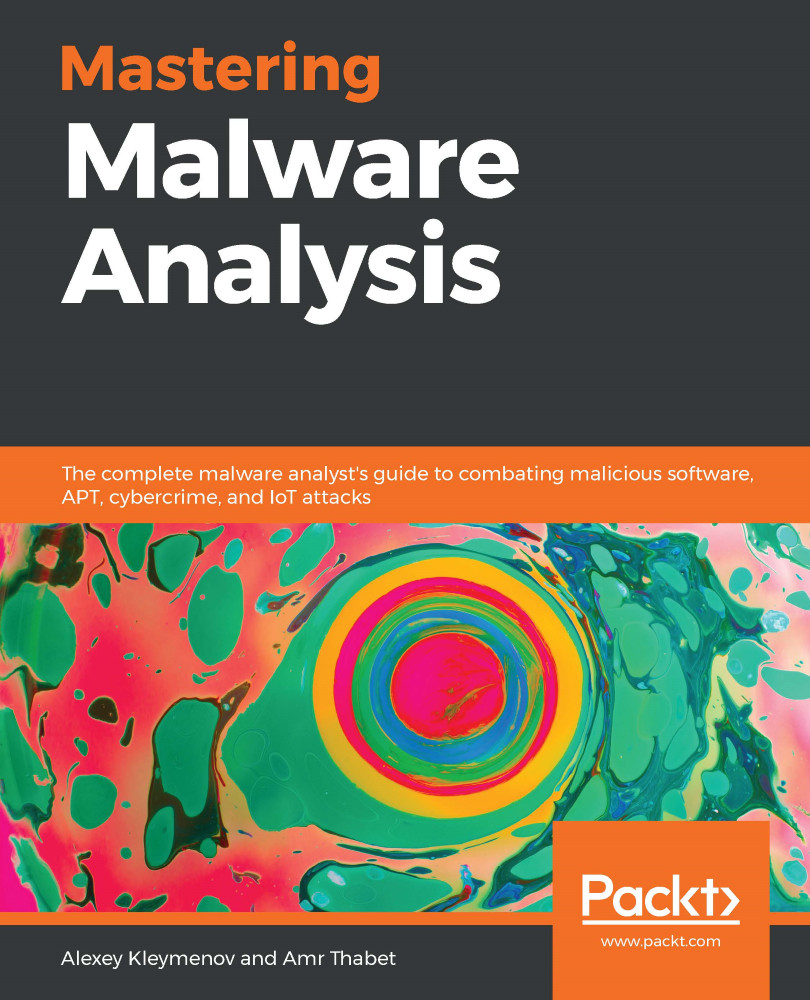Many reverse engineers working in antivirus companies spend most of their time analyzing 32-bit malware for Windows, and even the idea of analyzing something beyond that may be daunting at first. However, as we will see in this chapter, the ideas behind file formats and malware behavior have so many similarities that, once you become familiar with one of them, it will be easier and easier to analyze all subsequent ones.
In this chapter, we will mainly focus on malware for Linux and Unix-like systems. We will cover file formats that are used on these systems, go through various tools for static and dynamic analysis, including disassemblers, debuggers, and monitors, and explain the malware's behavior on Mirai.
By the end of this chapter, you will know how to start analyzing samples not only for the x86 architecture but also for various RISC...


